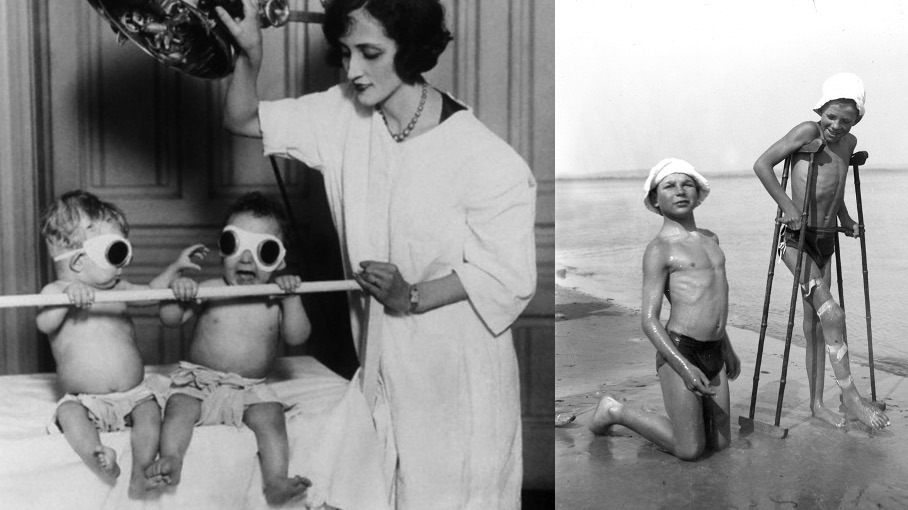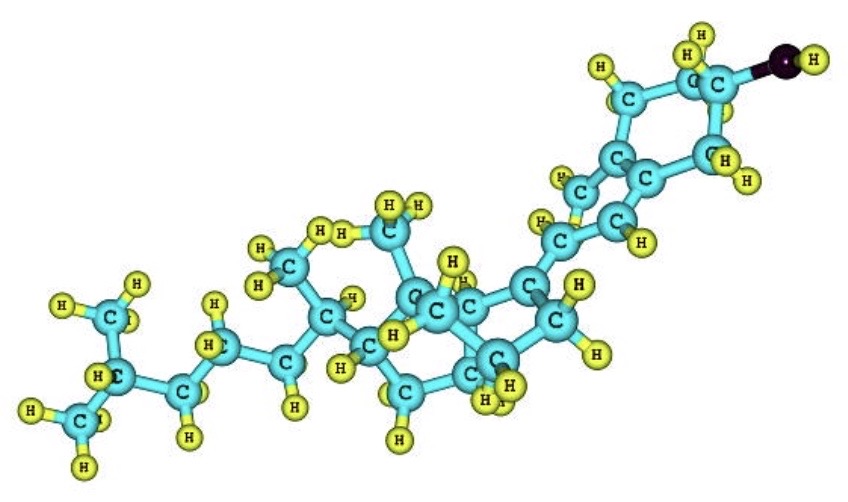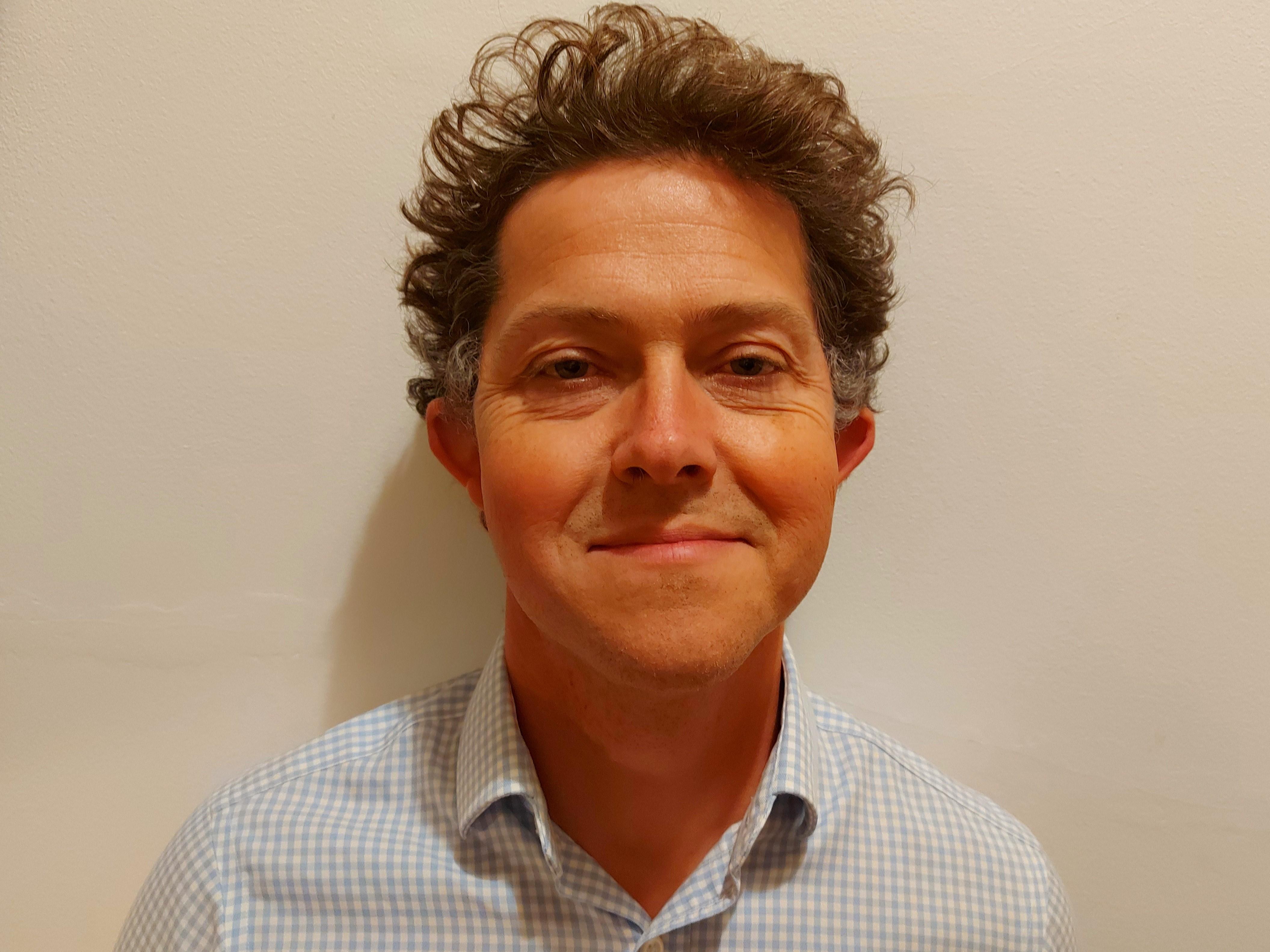Secondary Hyperparathyroid disease
Secondary hyperparathyroidism is caused by a low vitamin D in the vast majority of cases. Most of us in the UK are vitamin D deficient for most of the year. Vitamin D is important to the medium to long term regulation of bone mineral deposition and availability. PTH is the fine tuning. If the Vitamin D levels are low then the bones need to rely on PTH to control calcium availability in the blood. Vitamin D increases gut absorption of calcium and mediates bone activity (among other functions - particularly immune functions).
If vitamin D levels are low then you absorb less calcium from your diet and so loose more from your bones to help maintain a normal blood calcium. This can cause osteoporosis or osteomalacia in children otherwise remembered as rickets a disease causing abnormal bone development as they are too weak to support increasing growth through childhood. Rickets was a common childhood disease in smog filled industrial cities in the first half of the 20th century. It was more about a northern latitude and air pollution than it was about poor diet. - It is no coincidence that the incidence of Rickets fell sharply after the Clean air acts and provision of cod liver oil in schools were introduced in the late 1950's-60's.

Left Heliotherapy for Rickets and Right Sanatoria treatment 1925 Southampton Water
Secondary hyperparathyroidism due to vitamin D deficiency presents as a high PTH, normal/low normal calcium and a low Vitamin D blood test result. Treatment is oral vitamin replacement (I usually recommend 4,000iu once a day. Some offer a bigger loading dose or injection of Vitamin D2. Both work) Getting some sunshine in the mid part of the day on skin not covered in sun cream (forearms exposed for 20 minutes outside at lunchtime) will also top up supplies between late May and Mid September in England. If in doubt take the tablets available online without prescription.
Lithium therapy is another cause of secondary hyperparathyroidism, seen less often in recent times as the use of Lithium as a psychiatric treatment has been supplanted by more modern psycho-pharmaceuticals. Lithium acts on the calcium sensing receptors (CaSR) so that the set point of calcium was higher before PTH secretion was reduced. Stopping lithium used to return the CaSR to a more normal set point so that calcium and PTH levels became more appropriate and this secondary hyperparathyroidism was resolved.
Tertiary Hyperparathyroid disease
Tertiary Hyperparathyroidism is seen in end stage renal failure and after successful renal transplantation. Renal failure is a major cause of secondary hyperparathyroidism due to vitamin D deficiency. The kidney is where the inactive form of 25 OH Vitamin D is transformed into the active 1,25 OH vitamin D. In renal failure there is not enough renal tissue functioning to do this. So renal failure patients have secondary hyperparathyroidism due to 1,25 OH vitamin D deficiency. They also get low calcium (hypocalcaemia) from a lack of dietary calcium and a reduced selective resorption of calcium from the renal tubules as they no longer work. Because of this the parathyroids become very overactive and all the glands are involved forming a strange nodular change to the parathyroids also seen in some genetic conditions called MEN. With adequate medical treatment of vitamin D deficiency and hypocalcaemia the parathyroids can stop responding to this re-balancing and the parathyroids continue to over secrete PTH. Renal transplantation should normalise the parathyroid, vitamin D, calcium metabolism pathways by restoring normal functioning kidney tissue. In some the parathyroids do not settle down and continue to over secrete forming a hyperparathyroidism that has symptoms and complications like those seen in Primary HPT.

Molecular Structure of Vitamin D3 discovered in 1937 by Windaus & Bock
The treatment of tertiary hyperparathyroidism is medical treatment with Cinacalcet or surgery. Most renal failure patients manage OK with Cinacalcet and avoid the grossly additional risks of a general anaesthetic in the setting of end stage renal failure. Post transplant patients are best treated with surgery. The operation needs to be a 4 gland exploration and sub-total parathyroidectomy. There are some variations on this but my advice is to avoid a total parathyroidectomy. It is better to risk recurrent disease in 10-15 years than develop long term hypocalcaemia from having had all parathyroid tissue removed.
